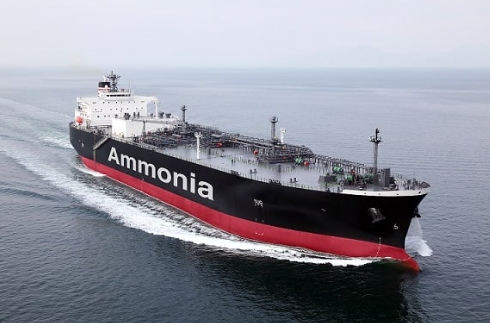
The MCA’s document outlines how shipowners can gain approval for ammonia-fueled ships through the International Maritime Organization’s (IMO) alternative design arrangement (ADA) under SOLAS. This process identifies and addresses risks tied to vessel operations. For ships over 500 gross tonnes carrying ammonia as cargo, the MCA applies the IMO’s International Code for the Construction and Equipment of Ships Carrying Liquefied Gases in Bulk (IGC Code). Smaller vessels are evaluated individually.
In collaboration with operators and classification societies, the MCA regulates ammonia-fueled ships using the IMO’s interim guidelines within the International Code of Safety for Ships Using Gases or Other Low-flashpoint Fuels (IGF Code). The agency is working with IMO member states to refine these guidelines for future inclusion in the IGF Code. Shipowners must submit an alternative design arrangement to ensure ammonia systems match the safety of conventional ones, including regular risk assessments and detailed technical documentation.
The MCA emphasized crew training to safely handle ammonia, governed by the IGF Code under the International Convention on Standards of Training, Certification and Watchkeeping for Seafarers (STCW). The agency is partnering with training providers to introduce a methanol course for convention-sized vessels by mid-2025, with basic ammonia fuel training set for the UK’s maritime curriculum from September 2025.
A February 2025 report by Lloyd’s Register Maritime Decarbonisation Hub and the Mærsk Mc-Kinney Møller Center for Zero Carbon Shipping highlighted ammonia’s role in decarbonization but noted workforce challenges. Approximately 800,000 workers require upskilling to manage ammonia’s risks, including toxicity and flammability. The report recommends revising global training standards, updating corporate policies, and offering practical safety training to ensure a smooth transition to ammonia-powered vessels.